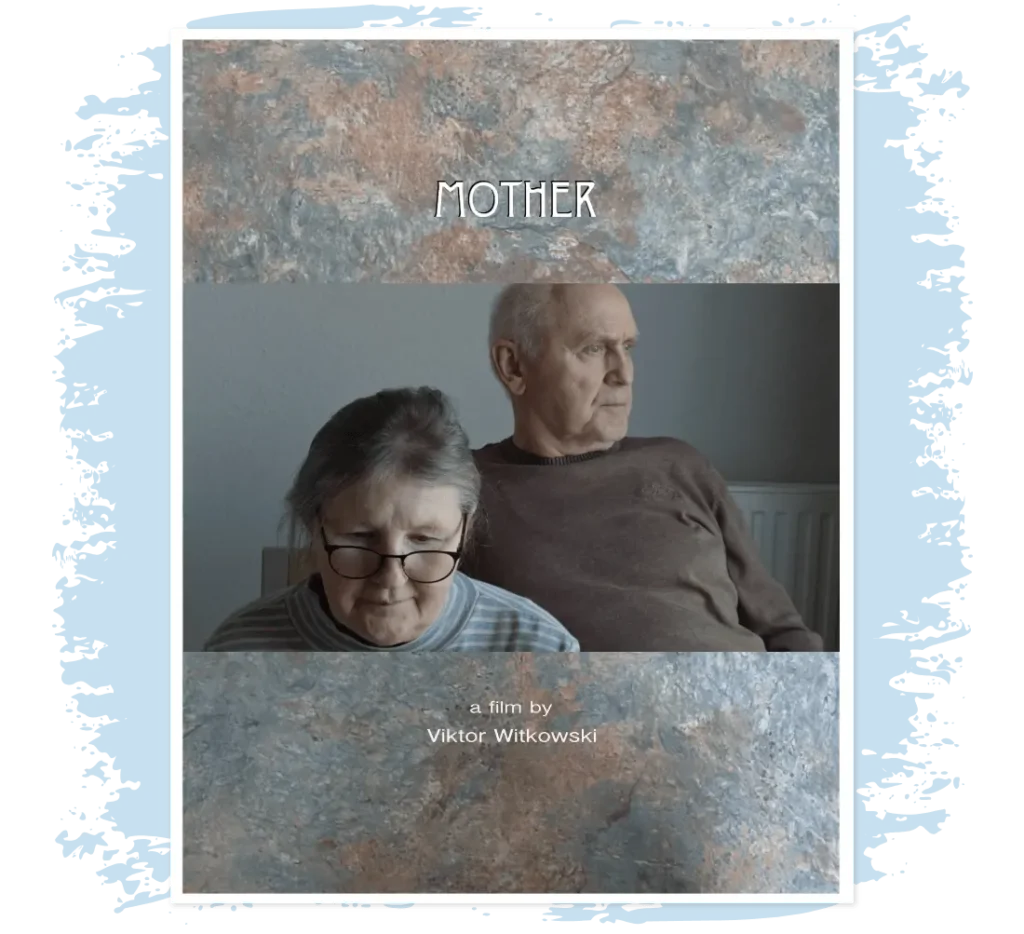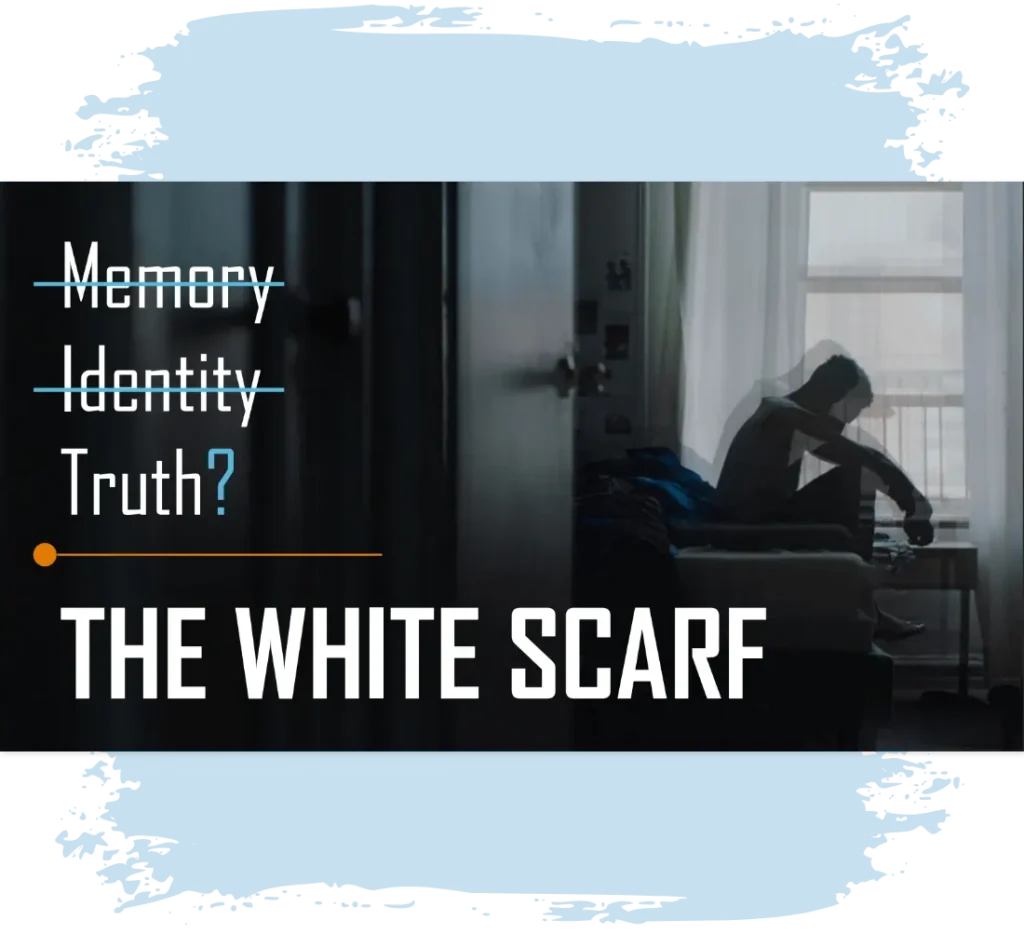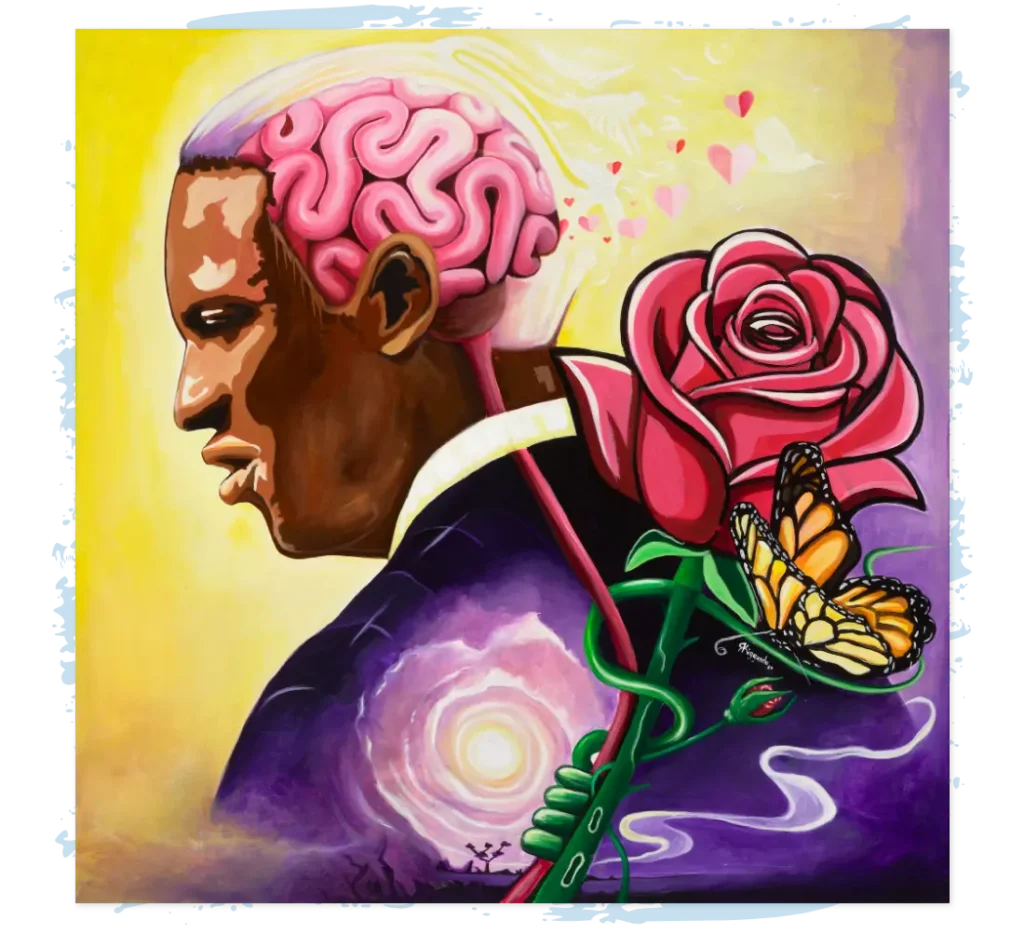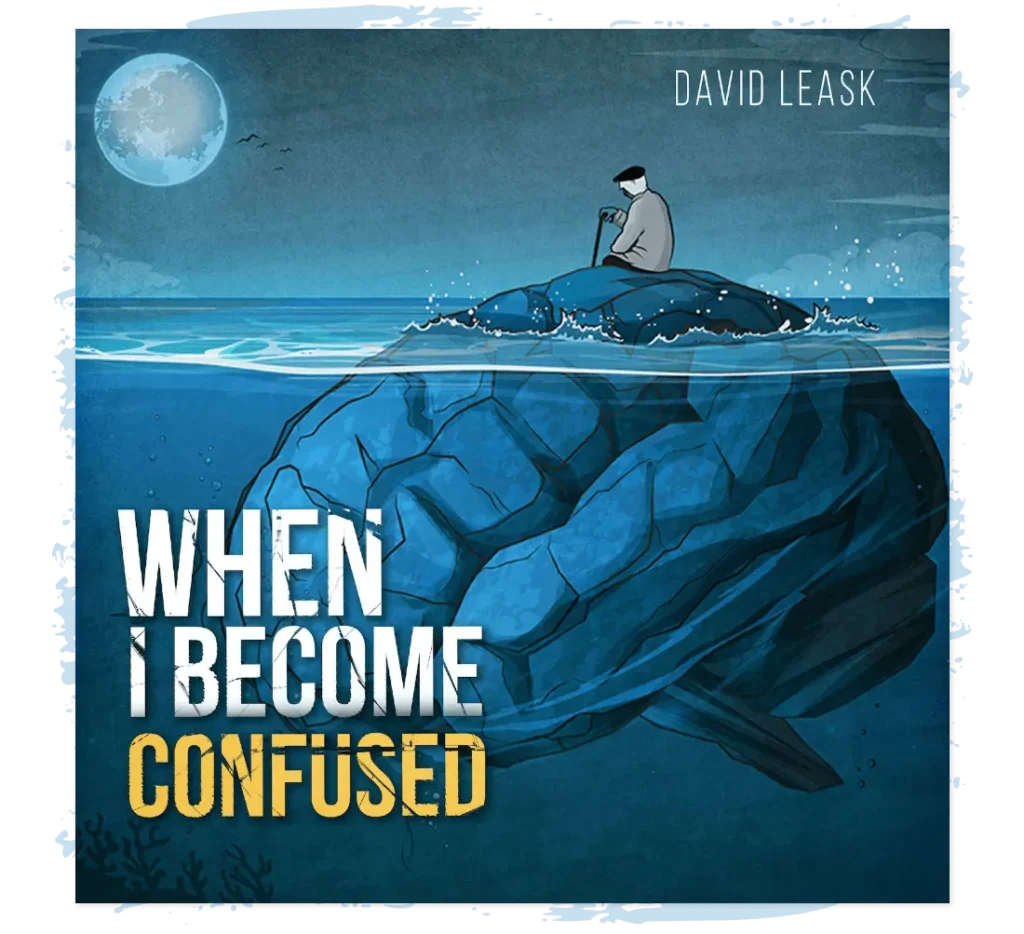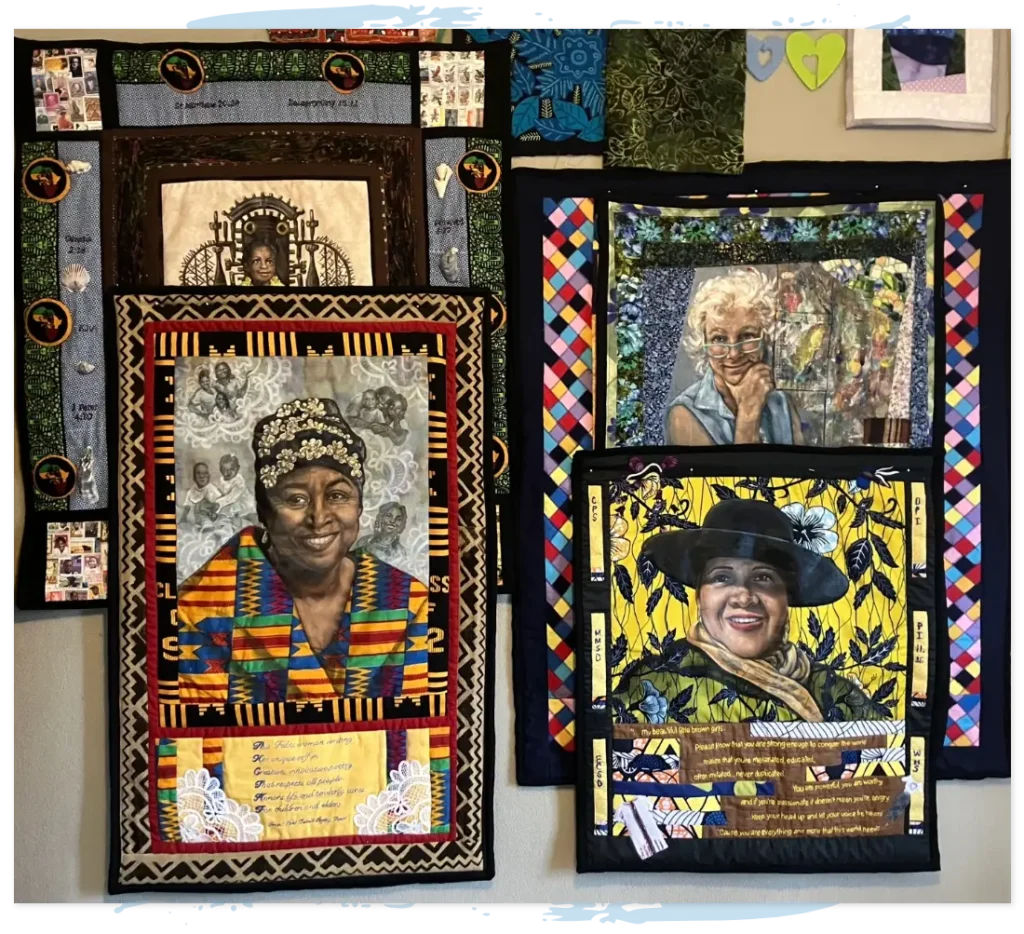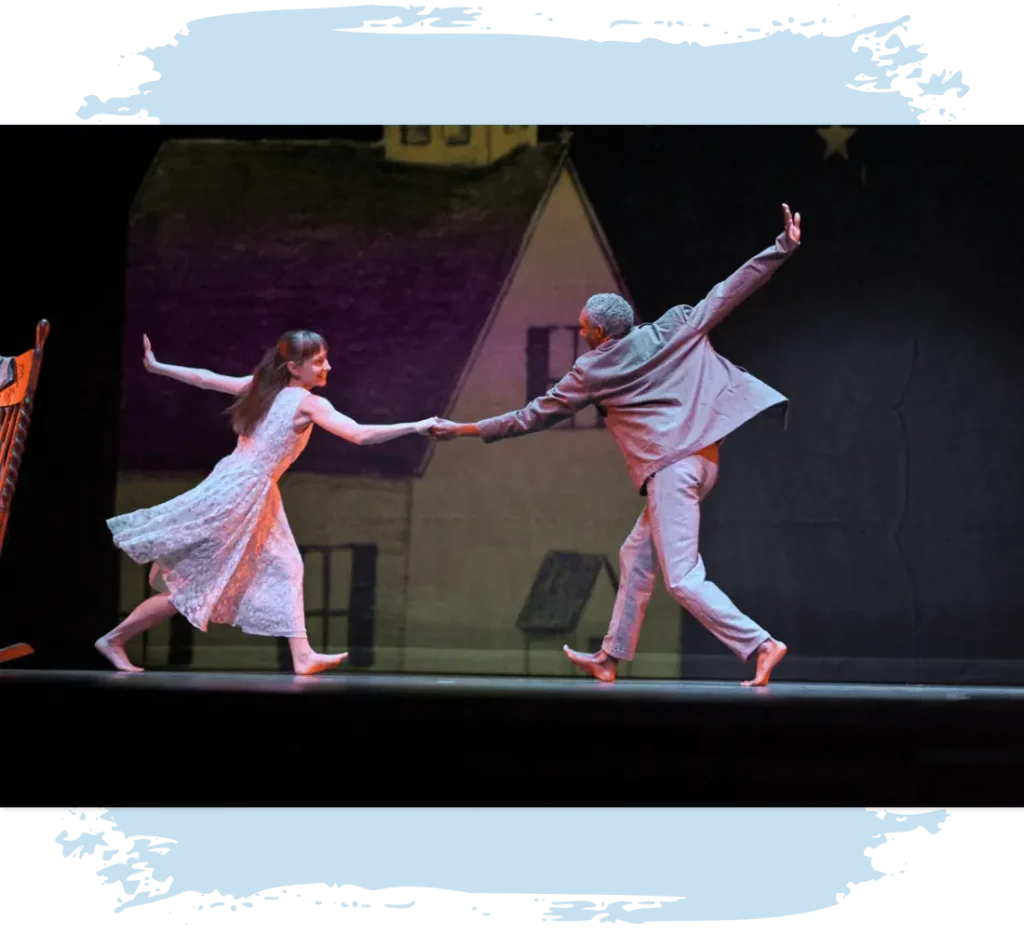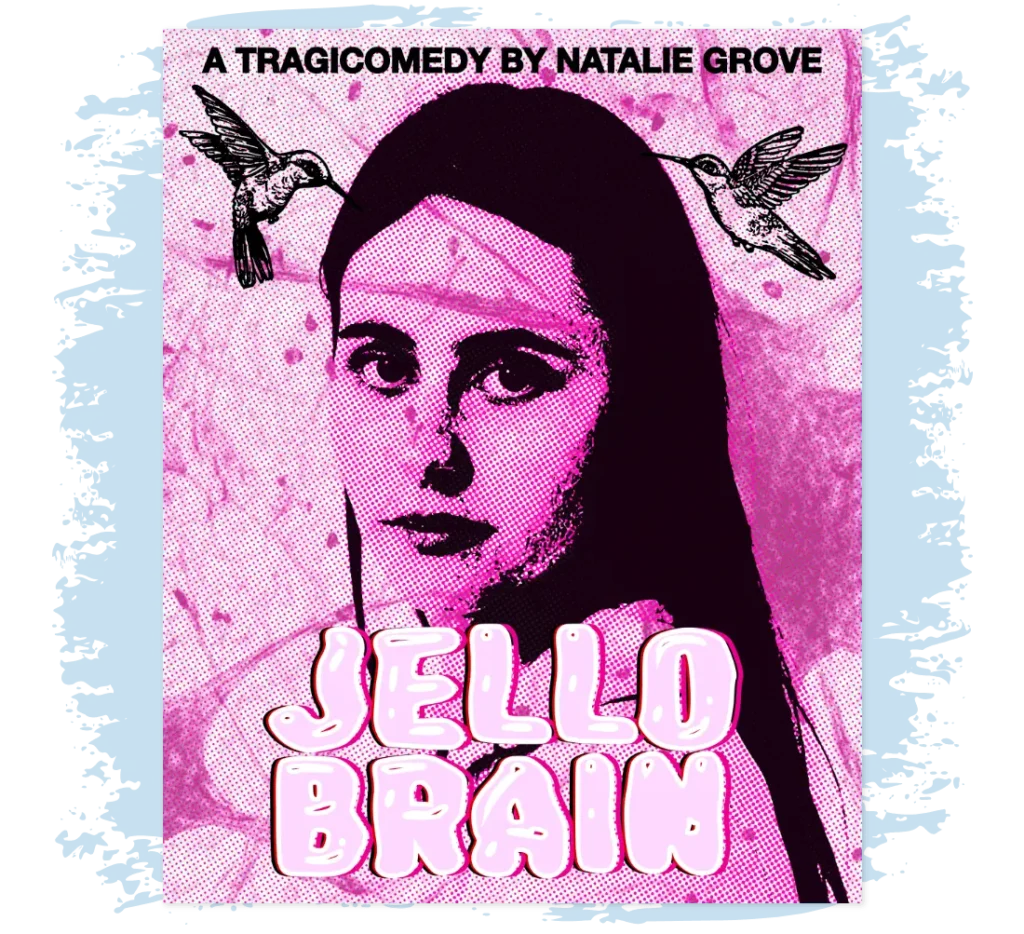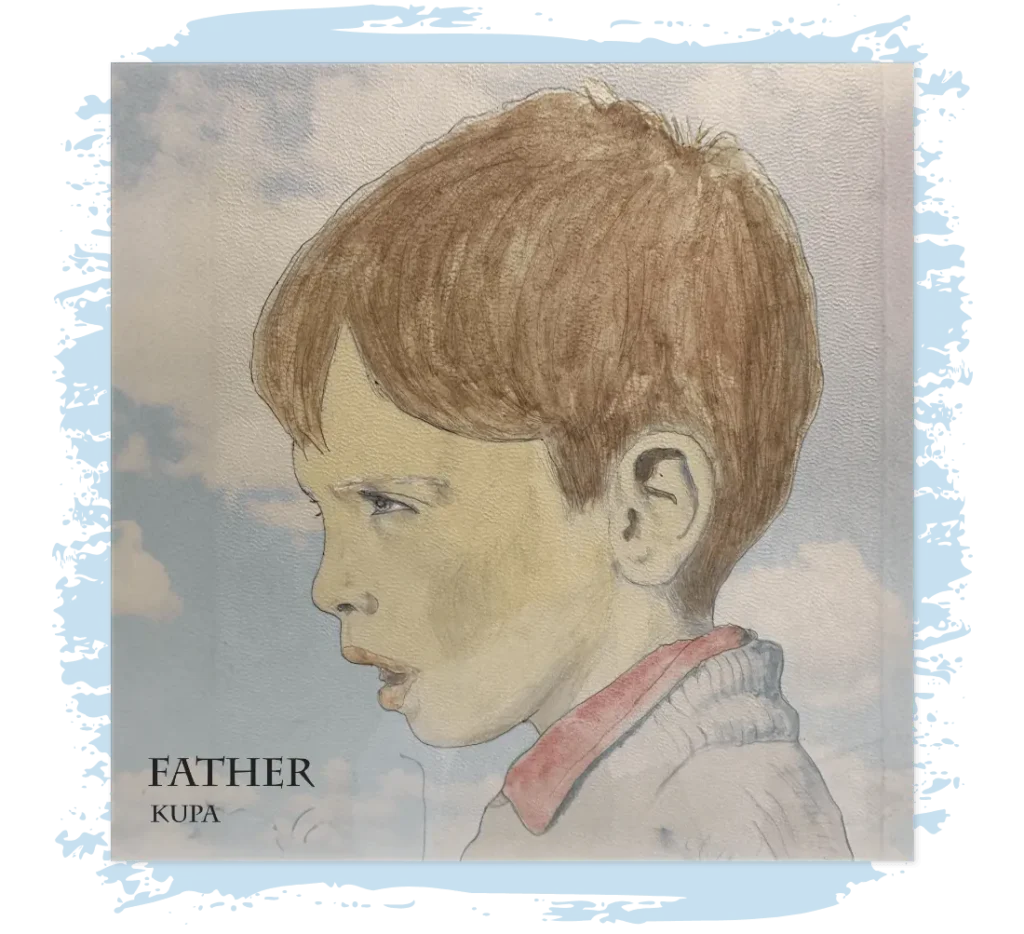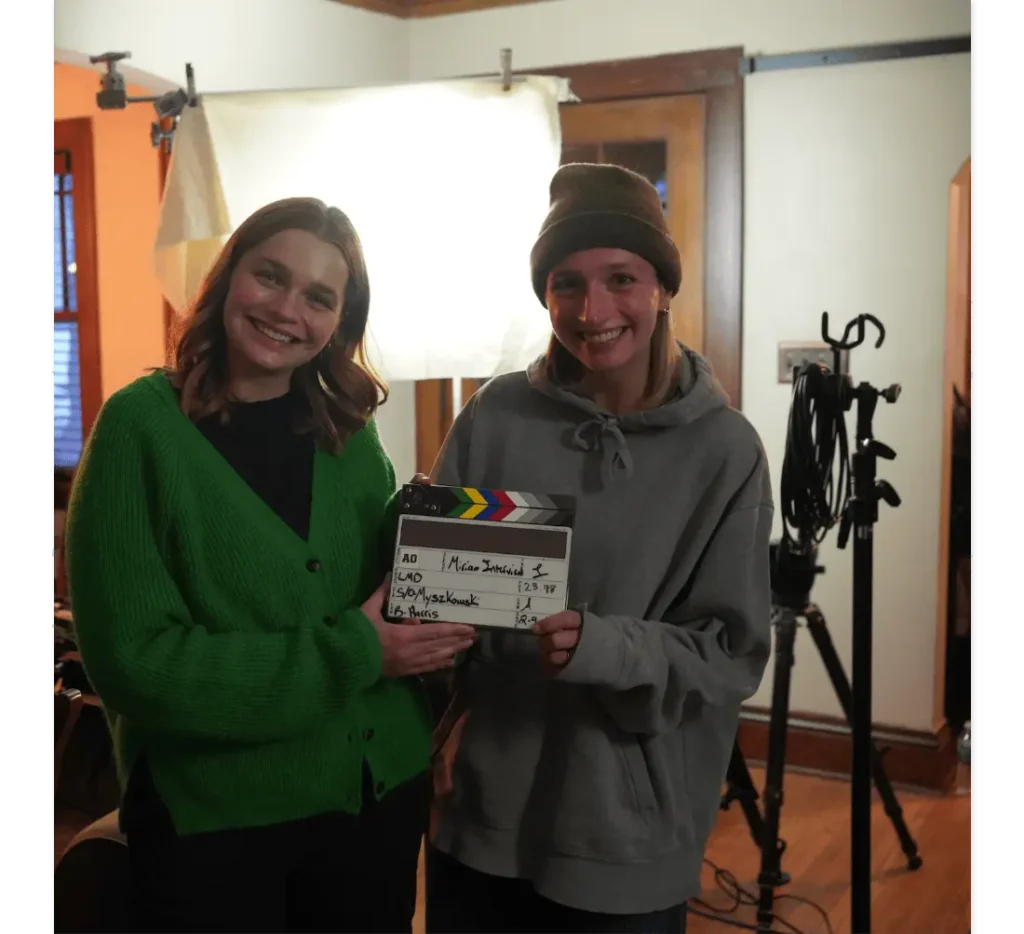What is Visual Duets and how did you come to depict dementia in your work?
A collection of my work now on view at the Hopkinton Center for the Arts, Hopkinton, MA, A Bus Tour in the Woods: Visual Duets with Her Father, focuses on one of my father’s hallucinations about going on a bus tour in the woods with his assisted living group.
He spent the last 6 months of his life in a memory unit and had hallucinations as well as “temporary dementia” beforehand during bouts of congestive heart failure. The frequency of the hallucinations increased for a time and it was as though he existed straddling two worlds. This sparked my interest in “illustrating” the themes that arose during this time.
He was also an engineer who oil painted for fun and threw nothing away. He had a lot of paper, all of which he wanted to move with him to assisted living. These items included documents, textbooks, handwritten notes, lists of numbers, course binders, and lots of blank paper–graph paper, ledger, and ruled. After he died, I began experimenting with Gelli plate printing using acrylic onto this paper. These images can be used as bases for new work and collage pieces. The results are surreal and abstract imagery that is often segmented or formed into different kinds of artist books. As a graphic designer, I am drawn to working with grids and divisions. Integrating items, such as graph paper, is a natural fit.
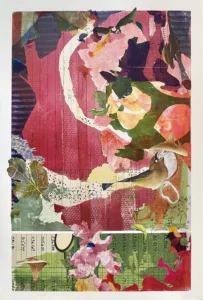
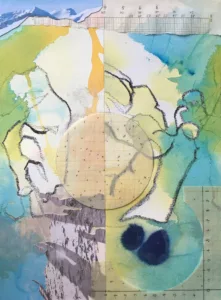

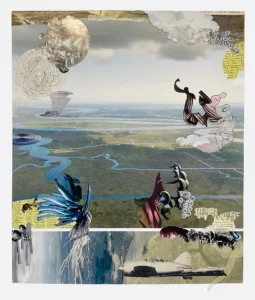
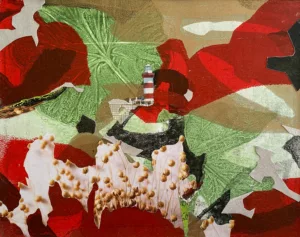
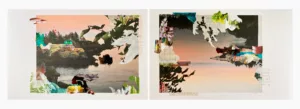
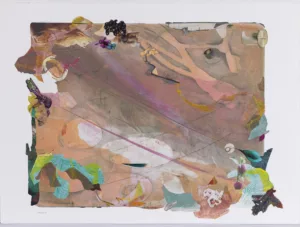
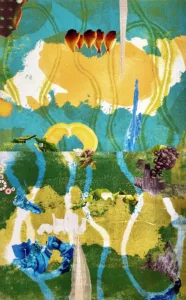
Swinging Against Plumb (37×24 inches) 2019
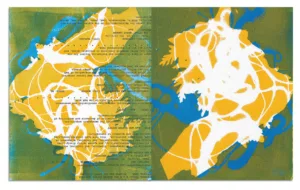
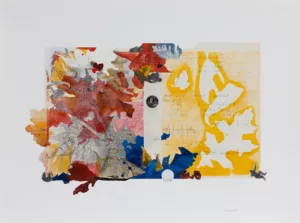
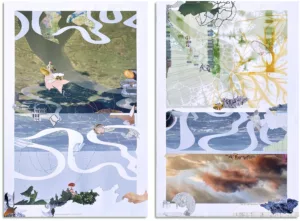
(diptych) (36×48 inches) 2022
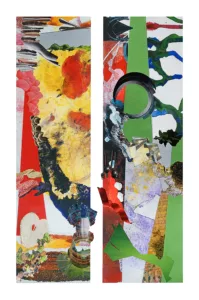


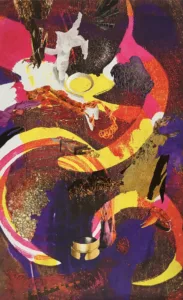
Who initially inspired you to grapple with dementia?
My father’s experience with dementia was my experience, too. I recorded his quotes because they were often hilarious, but also very profound. I was fascinated by the side of him that emerged and the “meta-level” of his perceptions. His hallucination descriptions filled my head with amazing imagery, and I felt an urgency to expose them.
Although this was an extremely difficult time, there was a lot of joy and laughter. Our relationship blossomed like I could never have imagined: I’m surly, and he’s strict, so we fought most of my life. Even at the end of his life, we did not see eye to eye on certain things, but we laughed about it. He enjoyed that so much. His dementia has ironically been a gift to me and given purpose to my abstract imagery.
When I was in the midst of caring for my father, it was the most prominent feature of my life. He was my life. I was his “right arm.” Why shouldn’t people know about it?
Monica DeSalvo
How has working on dementia-related art changed you?
It has given my art tremendous purpose and direction. There are endless themes I want to tackle. I want to normalize the difficult things we all go through in art and conversation. I want to expose the joy and closeness that can be gained with a person experiencing dementia.
It is also important to me to express what it’s like to be a caregiver. It is a privilege to take care of someone at the end of their life. With dementia added, you encounter new layers of that person.
Most people will go through challenging times with old parents, health issues, and aging. When I was in the midst of caring for my father, it was the most prominent feature of my life. He was my life. I was his “right arm.” Why shouldn’t people know about it? I feel this way about a lot of things. There is no need to keep normal “bad” things away from everyday interactions. Shouldn’t that make us all a bit less lonely?
How has the work been received?
People have said they have been moved by my work. It seems to invite a lot of dialogue, as viewers will often tell me their stories. Most people I know who are my age and up are going through or have been through this in some way. I feel like I am being helpful, and I want to share the moving quotes and perceptions my father had during this time.
Find more from Monica DeSalvo Art + Design visit the website or Instagram.


